Rules for planting and breeding honeysuckle honeysuckle, caring for shrubs
Honeysuckle is an upright, creeping or climbing shrub of the Honeysuckle family. He has great success with summer residents, unpretentious in cultivation and care. Its lush inflorescences fill the garden with an extraordinary aroma. Such a blooming decoration is perfect for vertical gardening of the site, decorating walls, unsightly buildings in the garden, decorating arches, gazebos, terraces. The most popular is honeysuckle honeysuckle. Planting, reproduction, the rules for its maintenance are certainly of interest to those who want to turn their summer cottage into a piece of paradise.
Honeysuckle varieties
Today, the number of honeysuckle varieties reaches several dozen. They differ in the peculiarities of care and reproduction, appearance and other important characteristics.
All plant varieties fall into two categories.
- Fruit - the height of the bush is 1-2 meters, the varieties differ in terms of fruit ripening, yield and taste. Edible honeysuckle species bear fruit for the first 10 years, the berries have a specific taste and are divided into three categories: a product with sourness, a sweet fruit without a pronounced sour aftertaste, and another, similar in taste to strawberries.
- Ornamental - the shrub is often a liana; with good care and suitable climatic conditions, it can grow up to 7 meters. Such species are valued for their beauty, a slightly pungent aroma that intensifies in the evening, and interesting fruits that are completely unsuitable for eating.
In turn, the latter type is subdivided into two categories:
- bushes - ordinary, alpine, Tatar, Maksimovich, Korolkov;
- lianas - honeysuckle, curly, Brown, Telman.
Among the most popular and common species for landscaping the site is honeysuckle, honeysuckle.
Description of honeysuckle
Goat, or fragrant, honeysuckle fell in love with gardeners due to its rapid growth, easy care and unpretentiousness. Decorative foliage, unusually beautiful flowers and a wonderful aroma - it gives the beauty of the backyard area. You can meet this type of plant in the Caucasus, in southern and central Europe.
Honeysuckle refers to the curly liana-like honeysuckle. It is a deciduous shrub, with inflorescences up to 50 mm in length, red-purple, yellow, creamy pink or white and dense large leaves, which are dark green above and bluish-blue below. The plant blooms in late spring and until mid-summer, about three weeks, a single flower lives for 2-4 days.
Reproduction occurs in three ways:
- cuttings;
- layering;
- seeds.
Fruits are bright red or orange in color, small, on a short stalk, inedible.
The life span of such a hedge reaches 30-50 years. The shrub is frost-hardy enough, it tolerates wintering well. This European type of honeysuckle reaches a length of 5 meters and needs support.
Choosing a landing site
Honeysuckle, planting and caring for which even a novice gardener can do, requires careful selection of a landing site.
- The plant loves an abundance of moisture, sensitive to its lack. Therefore, it is worth planting it in fertile, loose soil, avoiding places with arid soil.
- Liana feels good on the sunny side, in a lit place it will thank with an abundance of flowers, in a darkened one - to start up healthy shoots.
- For normal development, the shrub needs support, then its branches can grow up.It can be a vertical surface, a wall of a house or a gazebo, any metal or wooden support.
For a climbing plant, you should choose loamy or sandy loamy soils. If this is not possible, then moist limestone or acidic peat soils are suitable as a substrate.
Landing
The best time to plant a hedge is April-May. Before the procedure, it is necessary to prepare the land: the soil should be saturated with fertilizers. It can be mineral fertilizing, peat or manure. Then the soil must be loosened and moistened.
Seedlings of ornamental shrubs are planted in the ground to a depth of about 60 cm. At the bottom of the planting pit, drainage should be laid (expanded clay, coarse sand, brick chips). You can dig single holes or a trench, depending on what the gardener expects to achieve. When planting a seedling in a hole, the plant will grow into a bush, and if you dig a trench, then a solid green hedge.
In one year of growth, a climbing shrub rises 2 meters. In the first two winters, the plant must be removed from the support and protected from freezing.
Care
Honeysuckle honeysuckle in care is undemanding. She only needs three agrotechnical measures.
- Periodic top dressing - for these purposes, you can use nitrogen and potash fertilizers, humus, peat compost, made by yourself, humus, manure. They should be dug up with the ground near the trunk of the plant.
- Watering - the climbing shrub loves moisture, so it needs to be watered about three times a month. The water should not be very cold. Then cover the soil around the honeysuckle with dried leaves or a layer of humus.
- Pruning - it is better to carry out the procedure in the spring: the plant has not yet acquired lush foliage, so it will be easier to shorten and give it the desired shape.
Advice
Tatar honeysuckle is prone to pest infestation and is vulnerable to disease. This species must be periodically inspected and appropriate action taken if unusual signs are found. Brown's honeysuckle is a thermophilic species and requires shelter during the winter.
Reproduction
Plant propagation can be carried out by seeds. You can also plant honeysuckle by cuttings. In this case, the percentage of engraftment, in contrast to the method above, is high - up to 90%. Reproduction of hedges can be carried out by layering and dividing the bush.
The seeds for the procedure are prepared from the previous year. The berries are freed from the pulp, washed, and allowed to dry. They are sown in the spring, and in the summer the seedlings are planted in a prepared place.
For propagation by cuttings, the material is prepared in August, in the fall they are rooted in the ground, in the spring they are planted in a permanent place. Layering is the easiest way to propagate honeysuckle. To do this, you need to cut it and dig it into the ground. After the formation of roots, the vine is separated and planted in the right place.
Tatar honeysuckle
Tatar honeysuckle is found in the wild in Kazakhstan, Siberia, and the Middle Volga region. For decorative purposes in Russia, it is grown almost everywhere on personal plots.
Tatar honeysuckle has gained its popularity due to its light pink, white or deep pink flowers. They bloom at the end of May, in August they are replaced by red, yellow or orange inedible fruits. Shrub leaves are smooth. Tatar honeysuckle is a durable plant. The cultivation and planting features do not differ from the requirements for other types of honeysuckle.
This variety is unpretentious, does not require careful maintenance. The Tatar shrub is used for urban greening and can grow even in heavily polluted areas.
A hedge from this type of plant is prone to characteristic diseases, vulnerable to pest infestations. Therefore, Tatar honeysuckle must be constantly examined, its condition checked, and treated with special solutions.
Brown's honeysuckle
Brown's honeysuckle is prized for its large and vibrant flowers. It blooms in summer with red-orange flowers, then bright red fruits grow.
Brown's species belongs to deciduous or semi-deciduous vines. When choosing a planting site, it should be borne in mind that cold winds can destroy the shrub, so you need to plant it in a secluded place. Brown's honeysuckle loves the sun and requires proper care.
Advice
In the winter season, it is advisable to cover the plant. Brown's honeysuckle is thermophilic, not frost-resistant.
Thälmann's honeysuckle
Thälmann's honeysuckle is an evergreen species, 5-6 m high. The flowers are orange-golden, replaced by yellow-orange fruits. Below the leaves are gray, bright green above.
Winter hardiness of the Telman variety is average, it is advisable to cover the shrub in the cold season. This species is photophilous, picky about soils.
Honeysuckle Serotin
The shoots of Serotin's honeysuckle reach 4 meters. The flowering period is mid-summer and early autumn. Inflorescences are brightly colored, lush, tubular. They are red-purple on the outside, cream inside, have a strong aroma.
Serotin's species is unpretentious to the surrounding soil, loves sunny sides.
So, honeysuckle is an irreplaceable plant in personal plots, in gardens and in summer cottages. It will create cozy corners of fresh flowers, fill everything around with an incredible aroma, hide unsightly buildings from prying eyes.
Even a novice summer resident can do reproduction, planting and care. In response, honeysuckle will decorate the site, arches, terraces, gazebos and other vertical structures with its decorative leaves, bright fruits and beautiful inflorescences.

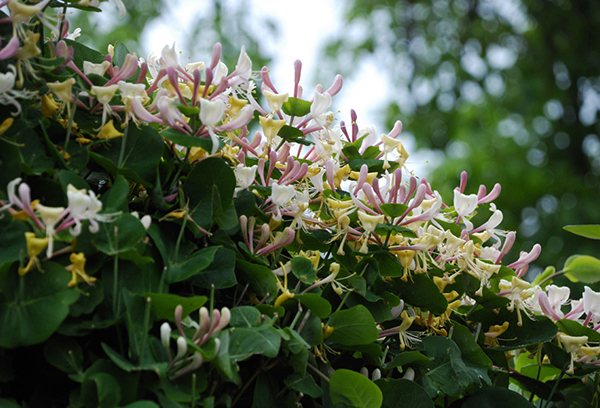
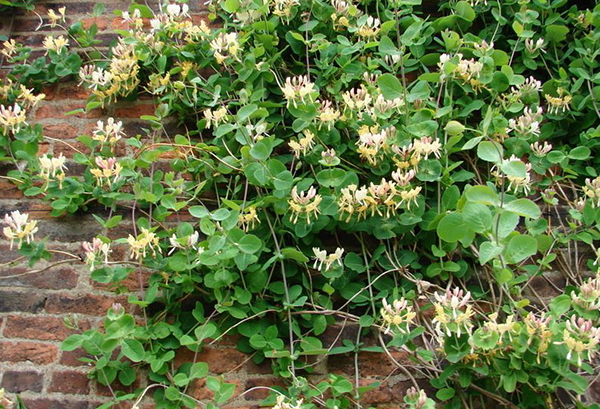
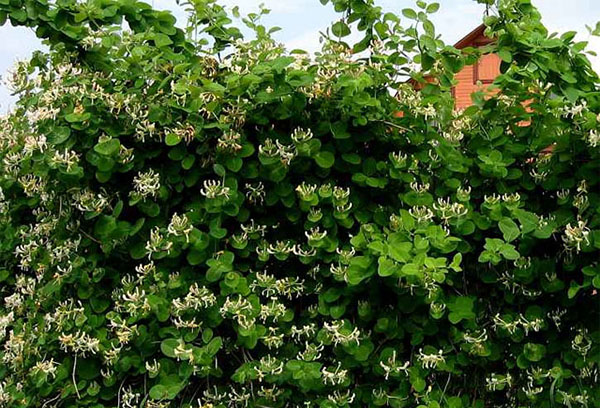

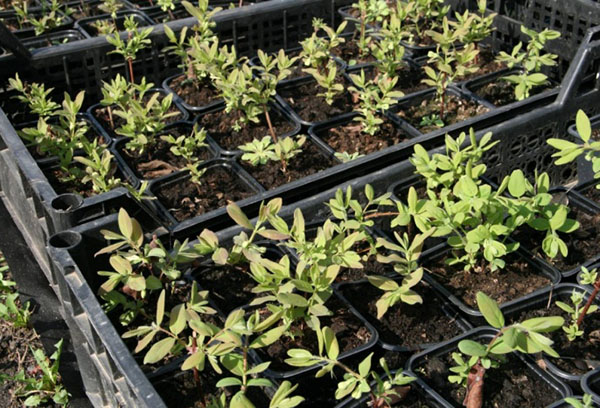
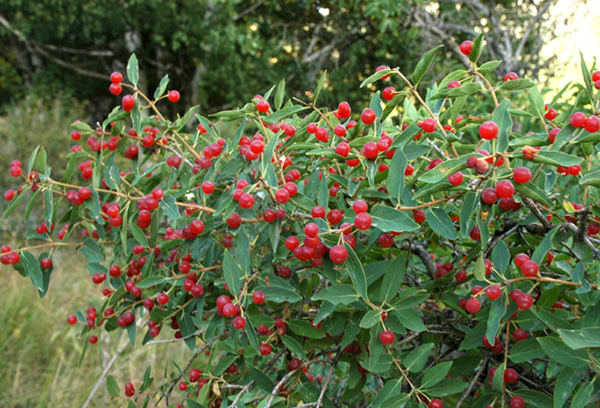
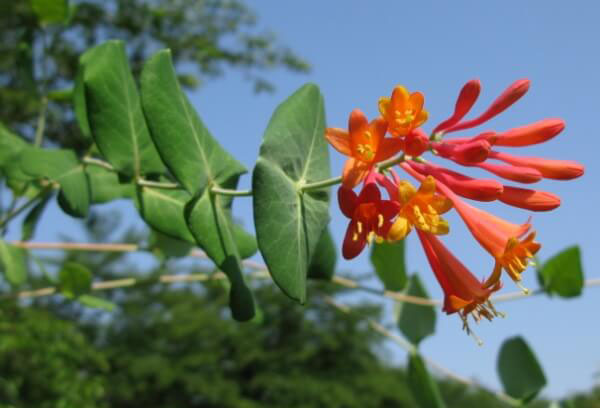
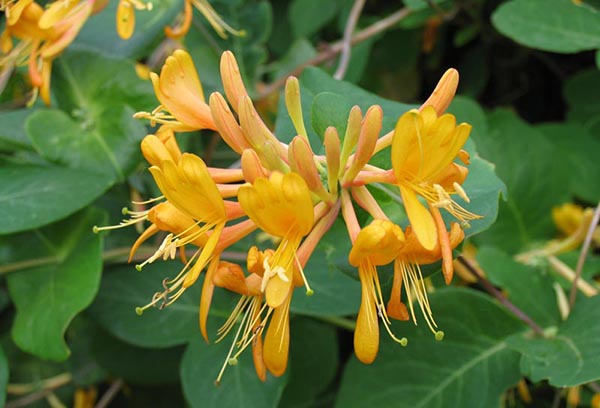
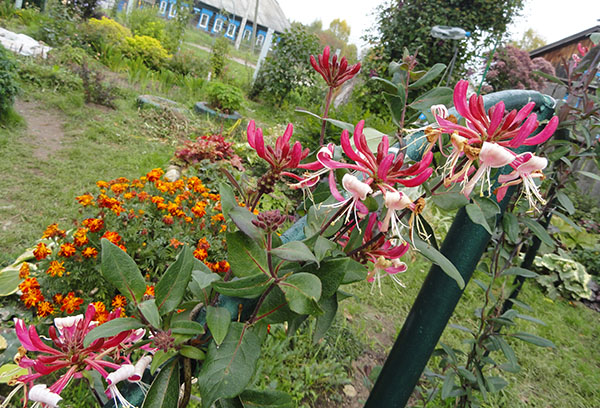
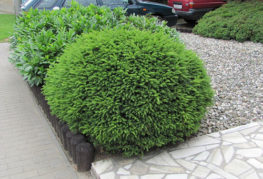

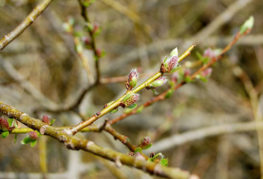
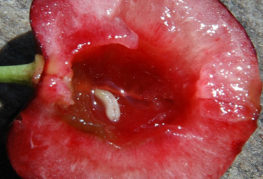
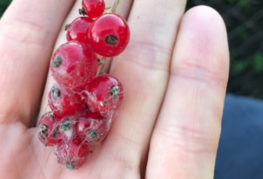

and will be published shortly.